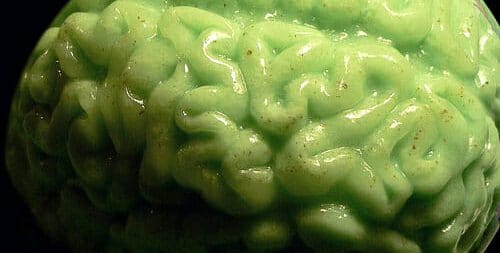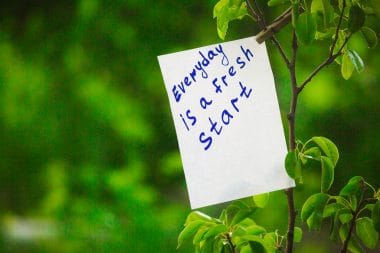Have you ever attended one of those corporate-sponsored seminars that overwork the “establish your goals and then take little steps to achieve them” argument? While a valid approach, goals have a weird way of being cast aside in favor of newer ones. Sure, goals are fine, but life, like a spoiled child, tends to whimper and whine, crying S-T-R-E-S-S!
So what do we do? How can we kick box stress and manage it, instead of letting it kick us around and control our limited reserves? By harnessing our inner strengths through meditation.
Meditation as a form of healing and reducing stress isn’t new. It’s been used by several cultures around the world for thousands of years. Prayer is often considered a form of effective meditation.
How to Meditate
A good way to begin is to find a comfortably lit and quiet area of our house, sit cross-legged on the floor or on a mat, close your eyes, and evenly temper your breathing. The slow exhaling and inhaling movements puts you in touch with your body; it compels you to pay attention to the energy flowing in and out of your body with every breath. Indeed, focusing on breathing is one of the oldest, and most widely practiced methods of “entering” a meditative state.
Basic Types of Meditation
There are two very popular forms of meditation, described below.
– concentrative meditation — focuses on breathing. People who do yoga and practice meditation regularly believe that the way we breathe mirrors our physical well-being. Quick, short and uneven breathing is a reflection of a harried, stressed lifestyle. Deliberate, long and deep breathing means our minds are focused and calm.
– mindfulness meditation — involves developing awareness of our feelings, emotions, sentiments, images and thoughts without necessarily thinking about them. We just allow them to pass through our senses, the way water flows through a stream or brook.
Under these two broad categories fall different types of meditation. Here are just a few of them:
 simple meditation (sitting quietly in a room with no distractions, choosing a word or mantra like “love” “peace” and saying it over and over again, as we breathe deeply and slowly)
 walking meditation (concentrating on our feet firmly pressed to the ground, a good way to relieve stress because it involves the act of walking and not thinking of anything else)
 transcendental meditation (using a mantra that you”re not supposed to divulge to anyone, you devote about 20 minutes once or twice a day repeating the mantra only. This is supposed to connect you to the “oneness” of the universe.
Which Type is Best?
No single type of meditation favors the reduction of stress; meditating itself is a stress-coping mechanism whether you like the mind-centered/heart centered approach or the transcendental version.
Setting aside 15-20 minutes once or twice a day just for yourself, enclosed in a quite area with or without soft music, saying your mantra over and over again and focusing on slow, deep and deliberate breathing — these are the ideal ingredients of good and effective meditation.





Reply